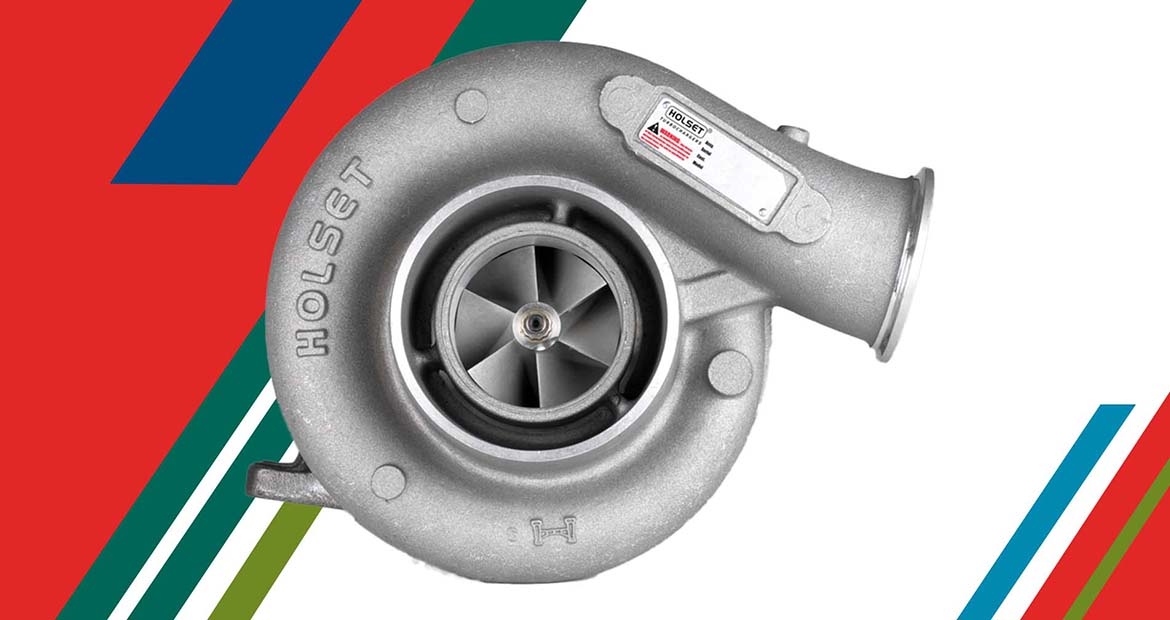Turbocharger innovation: Enhancements to improve compressor performance
By Cummins Inc., Global Power Technology Leader

Enhancing product capabilities through continuous innovation and improvement is the corner stone of Cummins Inc.'s effort to offer customers solutions that lower emissions without compromising engine performance. As part of the Destination Zero strategy, Cummins strives to lower carbon and other emissions for the trucking industry with its wide range of products and solutions. As the industry-leader, Cummins has the incredible opportunity and responsibility to lead the energy transition to alternative fuels and be part of the solution to the world’s climate challenges.
In the current scenario, there is an immediate need to lower emissions production from internal combustion engines (ICE). The low-carbon fuels available today, including biodiesel, renewable natural gas, and hydro-treated vegetable oil are all cost-effective means to reduce carbon emissions with immediate benefits and without requiring changes to the current transportation infrastructure. The transition towards reducing carbon and other emissions is becoming more prevalent in heavy-duty applications. This means that lower-emission trucks using ICE need to reduce their carbon footprint to contribute to the overall reduction in carbon emissions.
Continuous improvement in turbocharger technology is essential to meet the challenging demands of diesel and alternative fuel engines that strive to comply with stringent emission standards. Compressor performance is one of the most critical parameters in a turbocharger for delivering rated power and ensuring emission compliance. Cummins Components and Software’s (CCS) latest compressor stage enhancements increase compressor performance, complementing other innovations developed for Holset® turbochargers. The enhanced compressor stage from CCS consists of several new technologies coupled with the existing Super Map Width™ (SMW). This combination is suitable for applications across both on-highway and off-highway markets.
What are the benefits of the new compressor stage?
|
Key Improvements |
Benefit(s) |
Customer Benefit(s) |
|
Improved surface finish |
Higher Efficiencies Improved performance variation |
Improved Brake-specific fuel consumption (BSFC) Improved vehicle performance variability |
|
Lower wheel to housing clearances (abradable coating) |
Higher Efficiencies |
Improved BSFC |
|
Optimized air handling |
Tailored efficiencies characteristics |
Improved BSFC |
|
Enhanced oil sealing capability |
Higher reliability |
Less downtime |
|
Optimized compressor stage |
For matching on Hydrogen ICE or Fuel cell engines |
Improved air handling |
|
Manufacturing process |
Improved quality |
Improved durability/reliability |
On-going projects include innovations in the low noise compressor stage and surface finish improvement to further enhance the compressor stage performance in alignment with customer requirements.
What experience does Cummins have with this type of improvements?
Cummins Components and Software has been continuously improving and adopting new technology for more than 60 years. The latest compressor designs utilize advanced Computational Fluid Dynamics (CFD) simulations, which, when combined with optimizer software, allow engineers to explore more design parameters to deliver improved performance, durability, and reduced noise.
“A key part of Cummins' strategy to facilitate energy transition will be how we continue to develop products to support lower emissions for ICE applications. As a part of this initiative, I am excited to be able to offer our customers improved compressor performance, building on our design capabilities to provide the customer with higher efficiencies and wider compressor maps. We have been able to leverage our global engineering expertise and advanced simulation analysis to develop these higher-performing stages while maintaining product robustness, which is also a key requirement in emission-leading markets.” - John Clark, Executive Director - R&E, Cummins Components and Software
Cummins' ongoing commitment to innovation and improvement ensures that these advanced compressor stage technologies can be seamlessly integrated across all product lines to meet evolving customer requirements. This dedication to enhancing product performance is evident in the latest Gen7 and Gen8 turbocharger models, which incorporate these cutting-edge improvements. As Cummins continues to innovate, the focus remains on delivering solutions that drive higher efficiencies, lower emissions, and unmatched reliability for customers.
Author Profiles

Cummins Inc., Global Power Technology Leader
Cummins Inc., a global power leader, is committed to powering a more prosperous world. Since 1919, we have delivered innovative solutions that move people, goods and economies forward. Our five business segments—Engine, Components, Distribution, Power Systems and Accelera™ by Cummins—offer a broad portfolio, including advanced diesel, alternative fuel, electric and hybrid powertrains; integrated power generation systems; critical components such as aftertreatment, turbochargers, fuel systems, controls, transmissions, axles and brakes; and zero-emissions technologies like battery and electric powertrain systems and electrolyzers. With a global footprint, deep technical expertise and an extensive service network, we deliver dependable, cutting-edge solutions tailored to our customers’ needs, supporting them through the energy transition with our Destination Zero strategy. We create value for customers, investors and employees and strengthen communities through our corporate responsibility global priorities: education, equity and environment. Headquartered in Columbus, Indiana, Cummins employs approximately 70,000 people worldwide and earned $3.9 billion on $34.1 billion in sales in 2024.
Related Tags